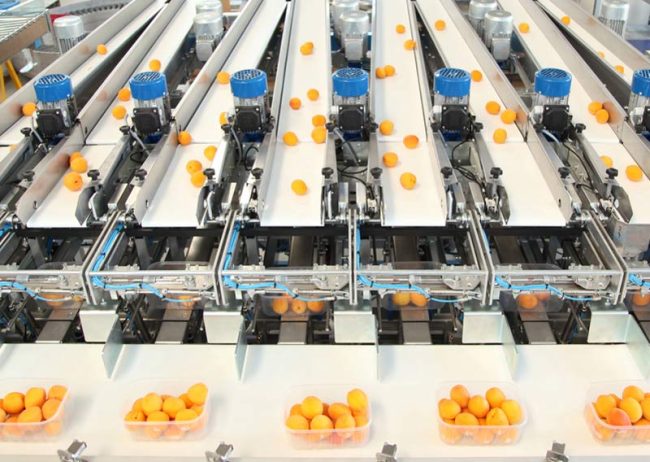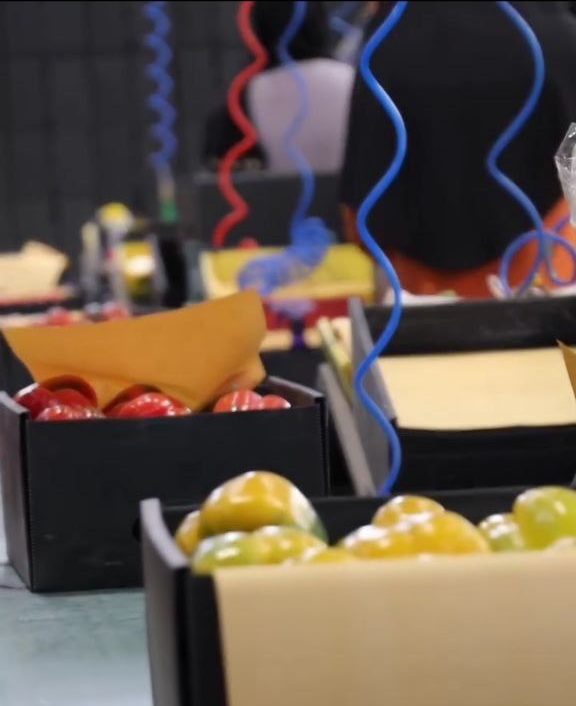Sorting refers to the separation and classification of items based on specific characteristics. This process is widely used in various industries including agriculture, food production, apparel, and many more. In agriculture, sorting involves classifying agricultural products based on size, weight, color, quality, and other features.
Importance of Sorting
- • Improved Product Quality: Sorting helps eliminate substandard, damaged, or unhealthy items, thereby improving the overall quality of the product. This enhances product value and customer satisfaction.
- • Increased Efficiency: By separating products based on specific traits, subsequent processes like packaging and transportation become more efficient.
- • Waste Reduction: By eliminating substandard products early, waste is reduced and production costs are minimized.
- • Higher Product Pricing: Higher quality products can be sold at higher prices. Sorting boosts product quality, thereby justifying a higher price point.
- • Better Marketability: Sorted products look more uniform and appealing, increasing their marketability, which in turn can drive higher sales and profits.
- • Better Inventory Management: Sorting helps organize stock more efficiently, leading to better warehouse and inventory management.
Benefits of Sorting
- Increase profitability: • Increased Profitability: Higher quality, reduced waste, and better market appeal lead to increased profits.
- • Customer Satisfaction: Delivering high-quality products enhances customer satisfaction.
- • Brand Improvement: Sorting improves the brand image and enhances credibility.
- • Compliance with Standards: It helps ensure compliance with quality and hygiene standards
- • Streamlined Downstream Processes: Sorting facilitates better packaging, transport, and processing
- • Reduced Production Costs: With less waste and higher efficiency, production costs are lowered.
Types of Sorting Methods
Sorting methods vary depending on the type of product and desired features. Common methods include:
- • Manual Sorting: Used for small volumes or products with unique traits.
- • Mechanical Sorting: Suitable for high volumes or products with measurable characteristics. Machines sort items based on size, weight, color, and shape automatically.
- • Machine Vision Sorting: Utilizes cameras and image processing software to detect and separate products based on their visual attributes.
In conclusion, sorting is a vital process across many industries, contributing to improved quality, reduced waste, and greater profitability. Choosing the right sorting method depends on factors such as product type, production volume, and desired outcomes.
Important Note: When producing advertorial content, the tone should remain natural and avoid overt advertising language—otherwise, it could have a counterproductive effe








